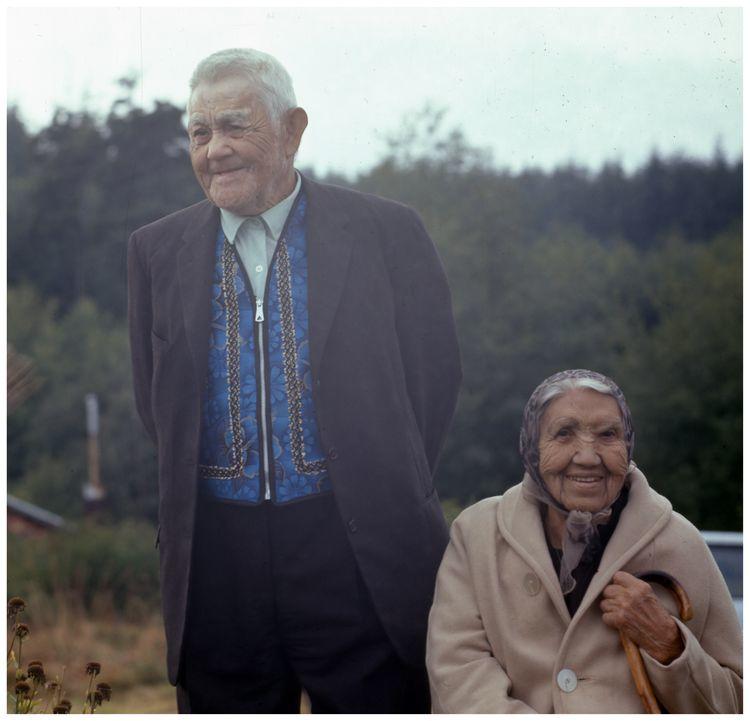
Zone du titre et de la mention de responsabilité
Titre propre
Chief & Mrs. Naknakin
Dénomination générale des documents
Titre parallèle
Compléments du titre
Mentions de responsabilité du titre
Notes du titre
Niveau de description
Pièce
Cote
Mention d'édition
Mentions de responsabilité relatives à l'édition
Mention d'échelle (cartographique)
Mention de projection (cartographique)
Mention des coordonnées (cartographiques)
Mention d'échelle (architecturale)
Juridiction responsable et dénomination (philatélique)
Zone des dates de production
Date(s)
Zone de description matérielle
Description matérielle
1 photograph : col. transparency ; 6 x 6 cm
Zone de la collection
Titre propre de la collection
Titres parallèles de la collection
Compléments du titre de la collection
Mention de responsabilité relative à la collection
Numérotation à l'intérieur de la collection
Note sur la collection
Zone de la description archivistique
Nom du producteur
Notice biographique
Anthony Lawrence Carter, the late author, publisher and photo-journalist, was born on October 22, 1920 in Somerset, England. He and his family emigrated to Wallaceburg, Saskatchewan in 1926 and later moved to Goodsoil, Saskatchewan . The Carter family leased an acre on Lac des Isles where they farmed for a living. In 1938, Carter purchased his first camera and learned how to develop his own pictures using an old developer and instructions from a Kodak booklet. In 1939, he applied to the Royal Canadian Air Force and was accepted a year later. He continued with the RCAF and the British Institute of Sciences and Engineering until he was discharged in 1945. Following his time in the Air Force, Carter held his first public exhibit in Ontario of images he had taken across Canada. He also spent time at the First Nations village in Fort Ruper t where he began building a collection of his own photographs of the community. In 1948, Carter began working for MacKenzie Barge & Derrick as a shipwright where he took his first commercial photograph and began selling prints widely. In 1951, he decided to go into child photography, which he did exclusively for three years. Carter was also an active photo-journalist in the marine and logging fields, which led to his contributions to journals such as Western Fisheries, Canadian Truck Logger and The British Motor Journal.
While photography was Carter’s main source of income during the 1950s, he also spent his summers fishing to make a living. Around 1960, Carter purchased a 60 foot fish packer, the Wamega. He was based in Klemtu at this time and collected the history and legends of the Kynoc and Kit-is-tu people, which appeared in his first book. Carter’s publications, which include This is Haida (1969), Somewhere Between (1968), From History's Locker (1968), Wamega (1960s), and Abundant Rivers (1972), were directly inspired by First Nations people and their culture. He also wrote a book called Snowshoeing for Everyone (1975). Carter was a poet and accompanied his photos with his own text. Additionally, he undertook all aspects of designing his books for publication. Carter also worked with the National Museum of Ethnology in Osaka, Japan to develop its Northwest Coast collection, and was a consultant to the Museum of Anthropology in Vancouver, B.C.
Historique de la conservation
Portée et contenu
Portrait of Chief and Mrs. Nanakin, taken outside.
Zone des notes
État de conservation
Source immédiate d'acquisition
Classement
Langue des documents
Écriture des documents
Localisation des originaux
1-7-9
